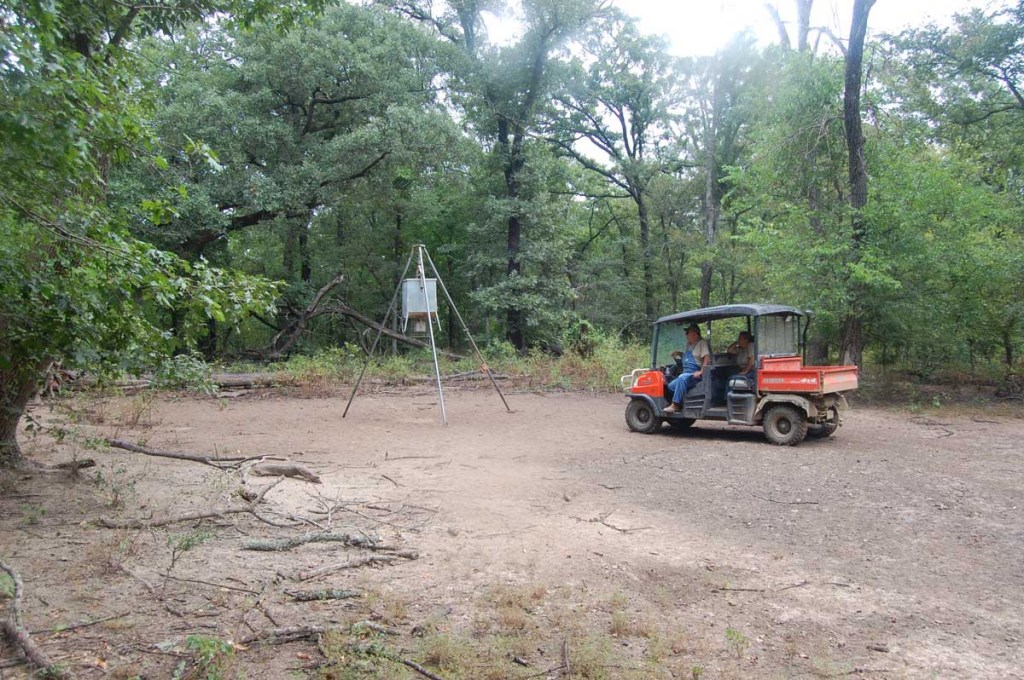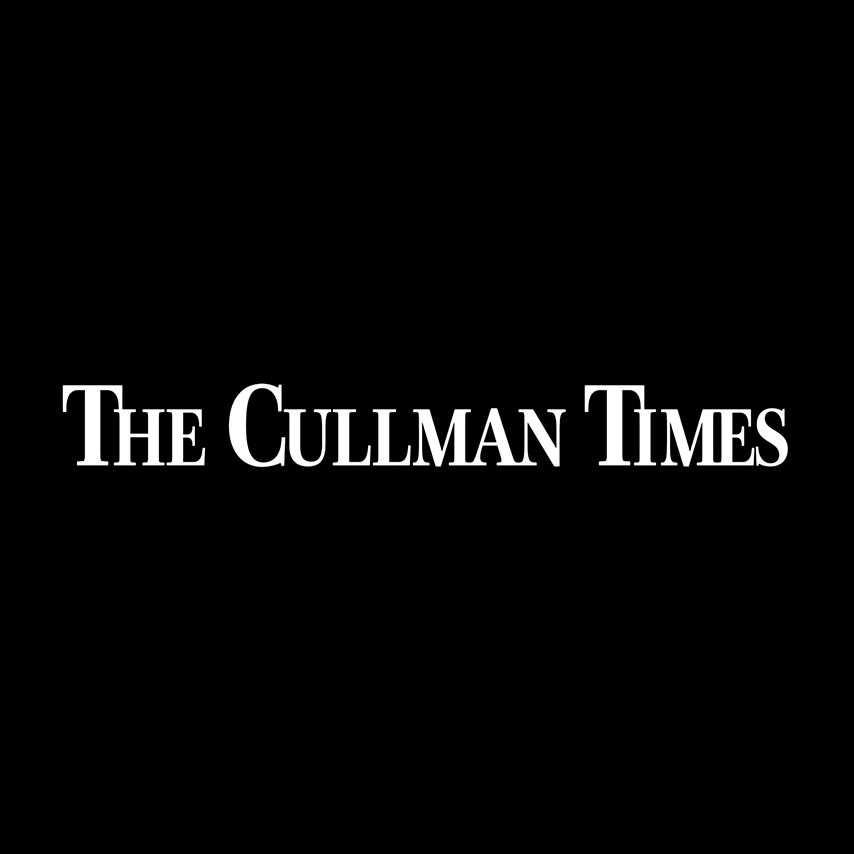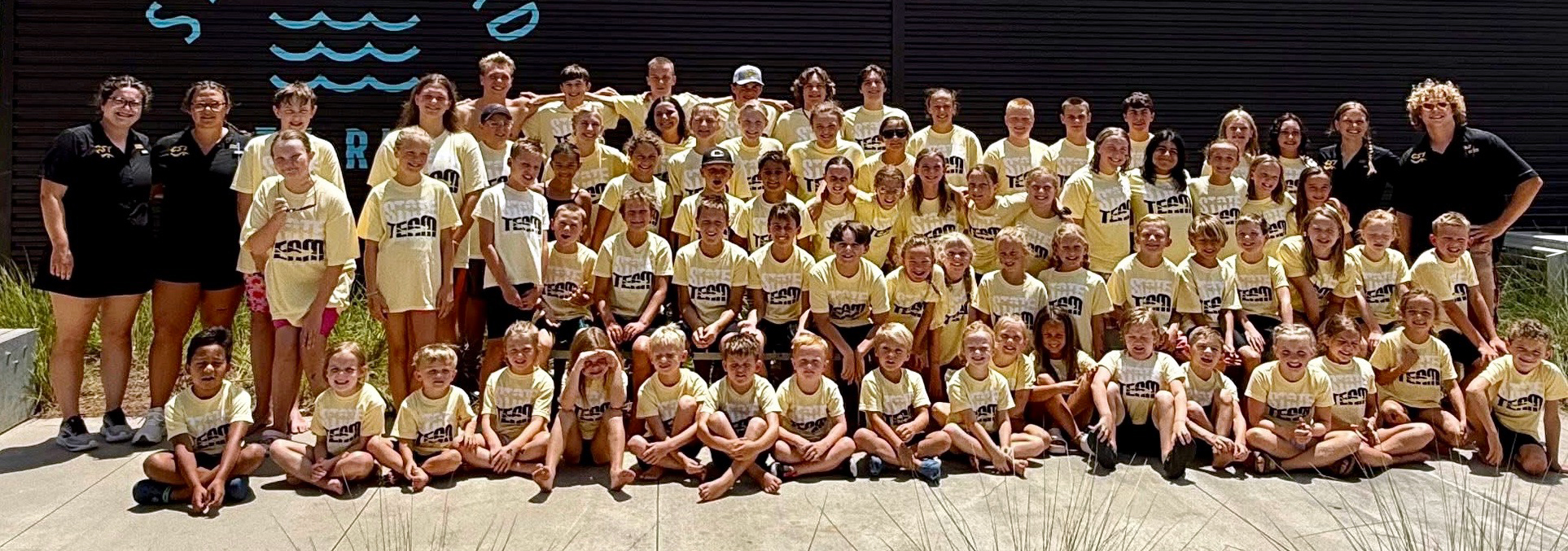Hog camp owners worry lawmakers will muzzle their business
Published 3:00 pm Thursday, August 6, 2015

- Cheryl and Matt Napper survey a feeding station at their ranch. The couple cashed in Cheryl's retirement savings 15 years ago to open Shiloh Ranch.
STONEWALL — Most people in the market for property look for things like good schools and amenities. Cheryl and Matt Napper meticulously studied agricultural maps 15 years ago to find high concentrations of feral hogs.
The couple cashed in on Cheryl’s retirement savings to purchase 400 wooded acres near the border of Ponotoc and Johnson counties, several miles outside Ada.
Trending
Their rural, hilly parcel isn’t good for much other than hunting.
The Nappers surrounded more than half of the land with five-foot, barbed-wire fence to confine feral hogs. They added paths for off-road vehicles, hunting stands, cabins, a kitchen area, as well as bath facilities.
Their business model for the past 15 years has been relatively simple: They buy hogs that Oklahomans legally trap —usually for $100 per pig — and release them on their property.
Hunters from around the globe visit Shiloh Ranch and pay to hunt the beasts.
As the Legislature continues to debate feral hog trapping and hunting, and activists call for more regulation, the Nappers worry if their business will survive another year.
They’ve stopped taking deposits for future hunts. They’ve started charging hog-hunters a $20 fee to pay for their own lobbyist.
Trending
And they’re readying for what they expect will be a fight to preserve what they consider a landowner’s right to trap and move pigs — with proper permitting.
“They’re on a witch hunt,” Matt Napper said. “We’re so visible and transparent right now, we’re the first ones they can pick on.”
The Nappers say any changes to hunting and trapping laws will likely have enormous consequences to their business.
Dr. Justin Roach, a veterinarian with the State Department of Agriculture who oversees the Feral Swine Control Act, acknowledged that the debate is growing more heated and drawing more attention.
“Every year the industry seems to grow and the gap between the two sides continues to widen,” he said.
Between 600,000 and 1.5 million hogs roam the state, Roach said. Seventy percent must be killed in a year just to keep the population stable.
Last year hunting facilities reported killing more than 30,000 hogs — between 2 and 5 percent of the total.
Wild hogs raise concerns among some about the damage they cause and their potential to spread disease, Roach said. But others see the beasts as a recreational resource and hunting camps as a way to encourage trapping by making money off unwanted animals.
Last year a dozen licensed feral hog hunting facilities generated $7.6 million in revenue, the Nappers said. The vast majority of that money came from 9,600 out-of-state hunters.
The Nappers operate one of the smallest of the dozen camps. Last year they bought close to 700 pigs. Hunters killed nearly all of them.
On a recent rainy morning, Matt Napper cautioned of the chance that no pigs would be spotted on a 30-minute tour of the ranch, where fewer than 50 pigs resided.
“They’re not packed in like sardines like people think they are,” he said.
Of customers who killed the hogs, the Nappers aren’t sure how much they funneled into the area’s economy by eating at restaurants, buying fuel or shopping at local businesses.
But, over the years, the Nappers say they’ve increased their own property’s value exponentially and sent a portion of their profits to charity, including a volunteer fire department.
Despite the value of the camps, controversy over the operations flared this year when the Department of Agriculture reported separate cases of people illegally bringing hogs into the state, or releasing them, Roach said.
One case involved allegations that a Broken Bow man brought 117 hogs — many diseased — into the state from Texas. The case was dismissed in May.
Charges in a second case, against a Beaver County man, are pending.
The Nappers said neither case involves any of the state’s hunting facilities, all of which support swift action against those who don’t comply with the existing law that limits the trapping and shipping of hogs.
Roy Lee Lindsey, executive director of the Oklahoma Pork Council, said his group has “no animosity, no issues” with the hunting facilities, either.
But concern stems from the fact that feral hogs are known to carry and spread diseases that put other animals at risk, he said.
“We’ve not said one time, you shouldn’t be transporting feral swine,” he said. “(We believe) nothing should be put in the trailer and moved across the state and released until it’s been tagged and tested. I think that’s a very reasonable approach to maintaining health protocol.
“There’s got to be a way to test these animals for disease if you want to move them,” he added. “We’ve been told repeatedly that’s not possible. I think anything is possible.”
The Nappers and others who handle feral hogs scoff at the idea of testing the wild beasts, saying it would be dangerous, cost prohibitive and just overall impractical.
Lawmakers who are considering such a requirement don’t want to appear as though they’re shutting down a rural industry worth millions of dollars a year, the Nappers said. So, instead, they’re looking at strict, dangerous regulations that will snuff out those businesses.
If the state requires testing, said Cheryl Napper, no one will trap pigs.
And if hunting businesses dry up and private payments for the hogs disappear, Matt Napper said he wonders how the state will motivate people to help control the feral hog population.
“Nobody is going to trap the pigs if there’s no money in it,” he said.
Janelle Stecklein covers the Oklahoma Statehouse for CNHI’s newspapers and websites. Reach her at jstecklein@cnhi.com






